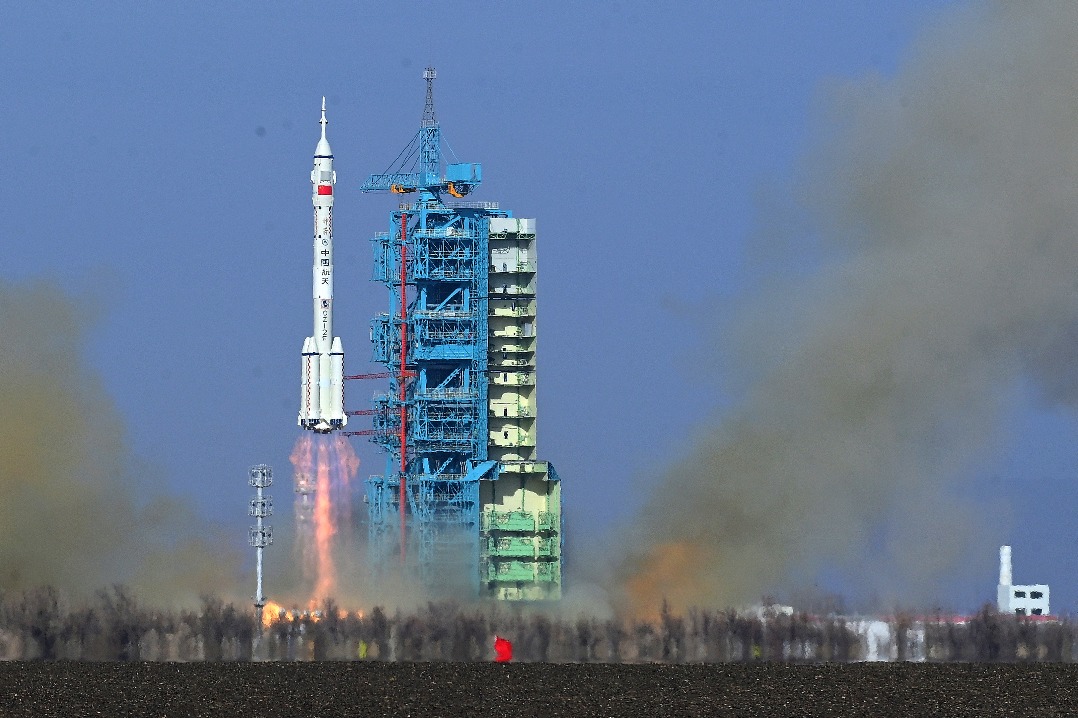Sandy, dusty weather hits north China


Sandy and dusty weather caused by a cold front has come back to North and Northwest China and will affect those regions throughout the week, the National Meteorological Center said on Monday.
The center said that from March 15 to April 16, China experienced four bouts of such weather, the most severe and widespread in nine years.
On Monday and Tuesday, Beijing, Tianjin and North China provinces including Hebei and Shanxi will experience sandy and dusty weather. The Inner Mongolia autonomous region is forecast to have sandstorms, as is the Xinjiang Uygur autonomous region in the northwest.
Temperatures in most parts of North China will drop by 4 C to 8 C on Tuesday.
Affected by strong winds and cold air, the weather is expected to last all week in Northwest China and Inner Mongolia, the center said.
Since Sunday afternoon, sandstorms have hit Zhangye, Gansu province, where there was a minimum visibility of 400 meters, and the Alshaa League in Inner Mongolia.
Gui Hailin, chief forecaster of the center, said strong winds brought sand to China from arid areas in Central Asia.
"Sandstorms will still occur in summer, though there will be a lower chance of it," he said.
According to the China Meteorological Administration's website, Tianqi.com, April has seen the most episodes of sandy and dusty weather in the past two decades, with an average of 4.3 bouts, followed by 3.6 in March and 2.8 in May. Eighty percent of sandstorms occurred in those three months.
Northern China witnessed its strongest sandstorm in nearly a decade on March 15. The National Meteorological Center said the sand in that storm blew in from Mongolia.
That sandstorm was followed by a series of others through the end of the month.
The level of PM10 particles in six major urban districts in Beijing reached 8,108 micrograms per cubic meter on March 15, according to the Beijing Ecological and Environment Monitoring Center.
Gui, the forecaster, said higher temperatures and less rain than normal in late February were to blame for this year's more frequent sandstorms.
"It was due to global warming, temperature rises and decreases in precipitation, which is conducive to the development of desertification as well as sandy and dusty weather," he said.
He added that data released by the National Forestry and Grassland Administration in June showed that over the past five years, China's desertification control has achieved remarkable results.
"However, desertification is a global problem that requires joint governance by all countries in the world. Only when the global ecological environment significantly improves can this kind of weather be effectively curbed."
Elsewhere, heavy rain is forecast for South and Southwest China from Monday to Thursday, the center said.
- Global gathering of Cantonese people opens in Guangdong
- China's draft airline rules represent progress for wheelchair users
- China steps up efforts to tackle wage-withholding employers
- Taicang factory builds inclusivity
- Scientists discover important Early Jurassic dinosaur tracks
- China's Shenzhou XXII spaceship docks with space station combination





































